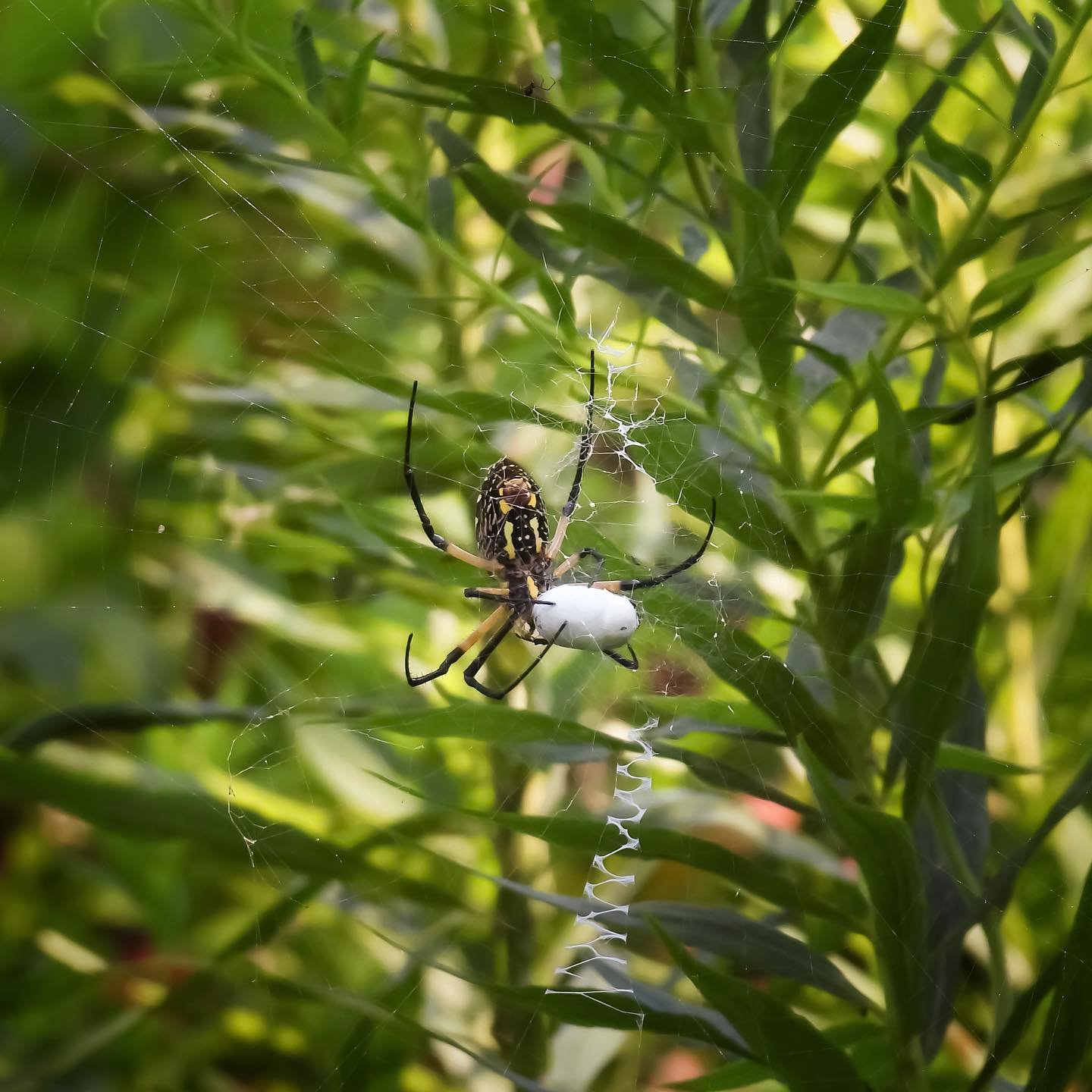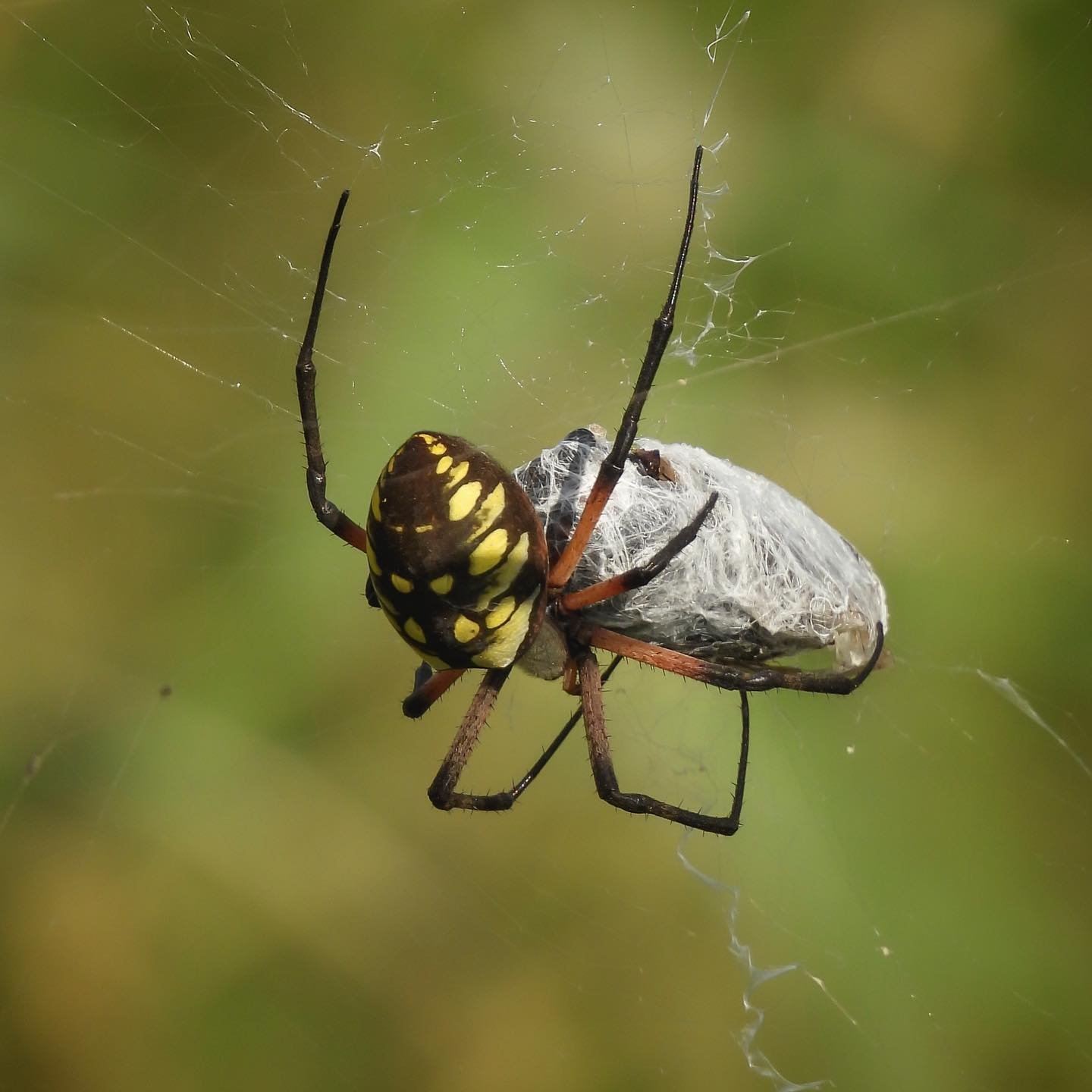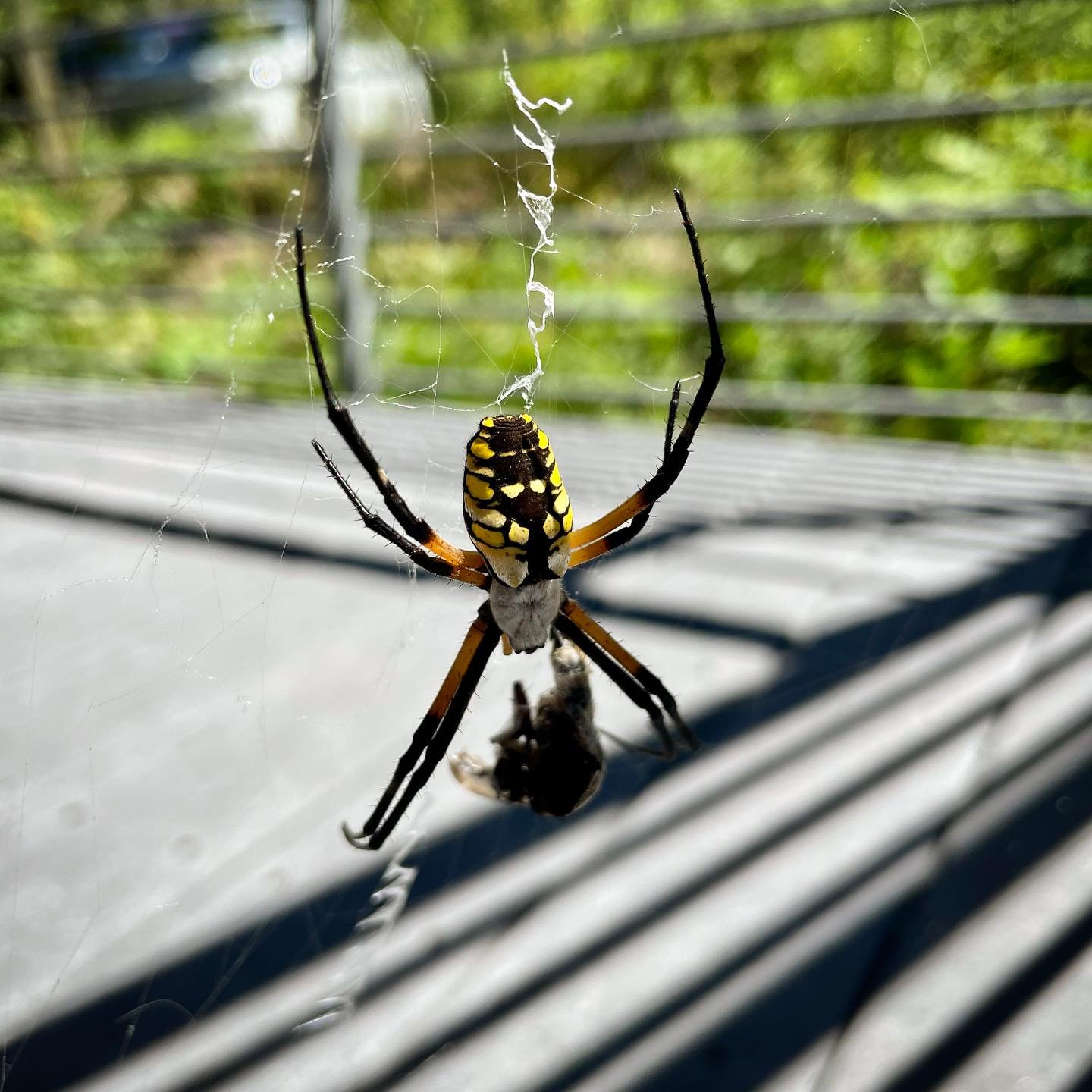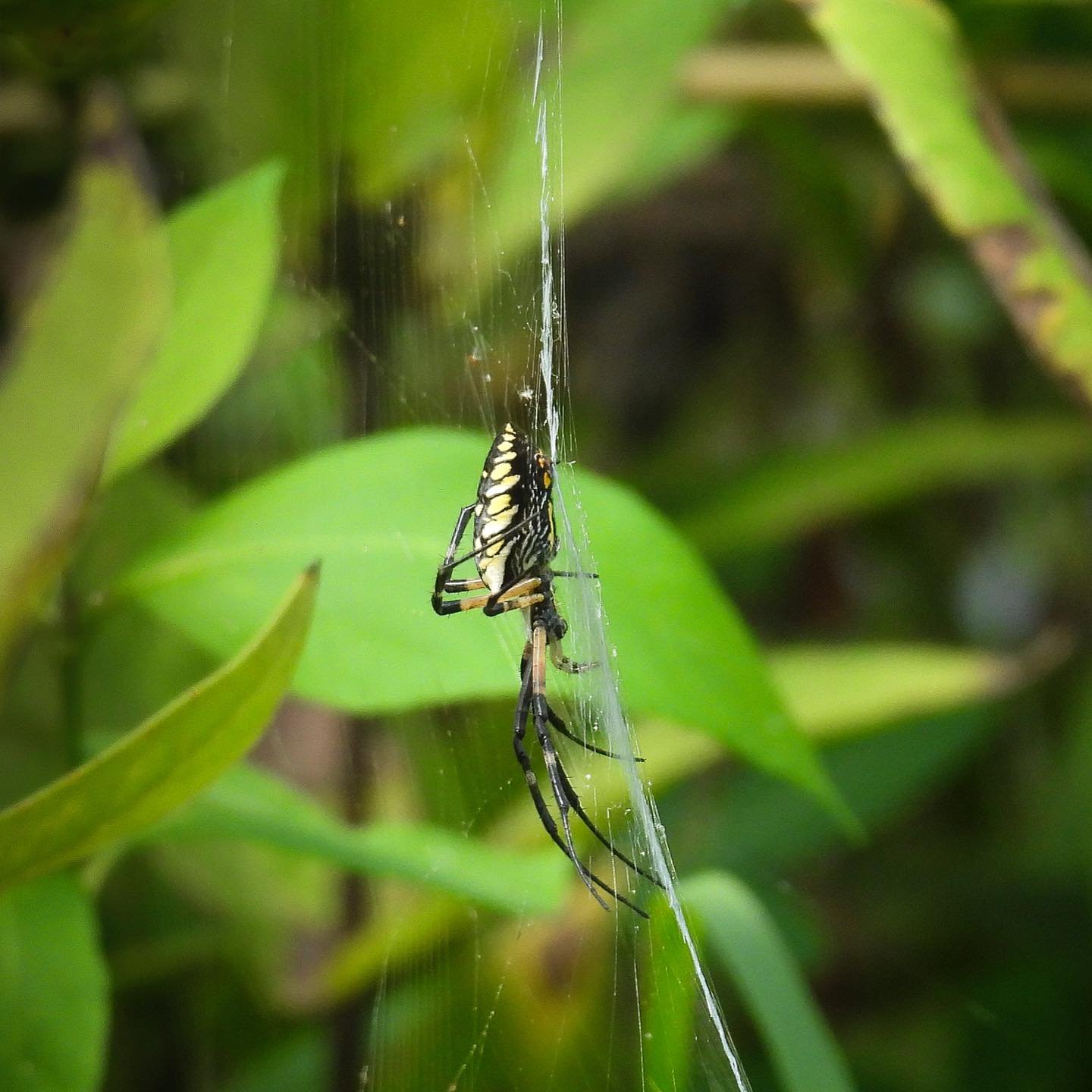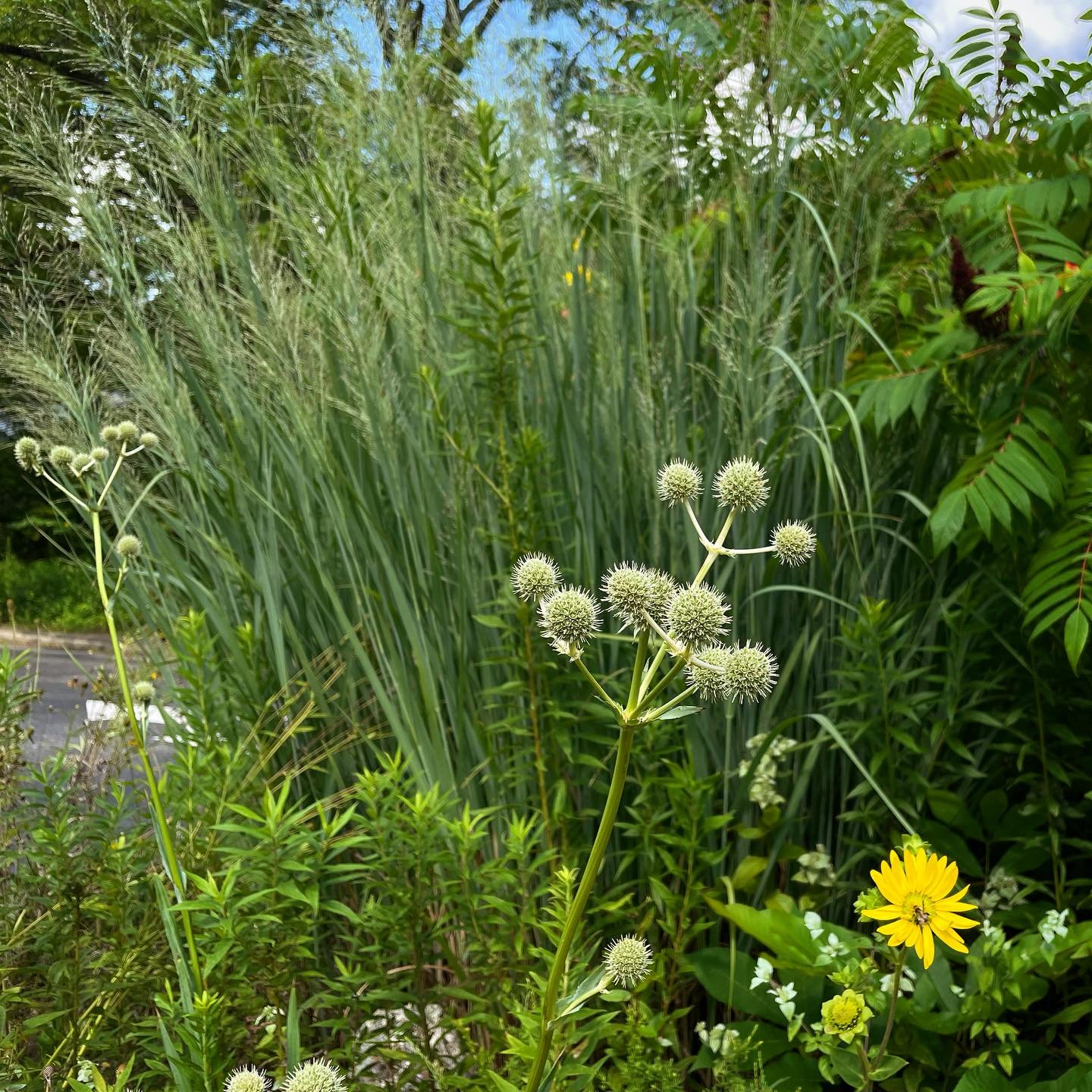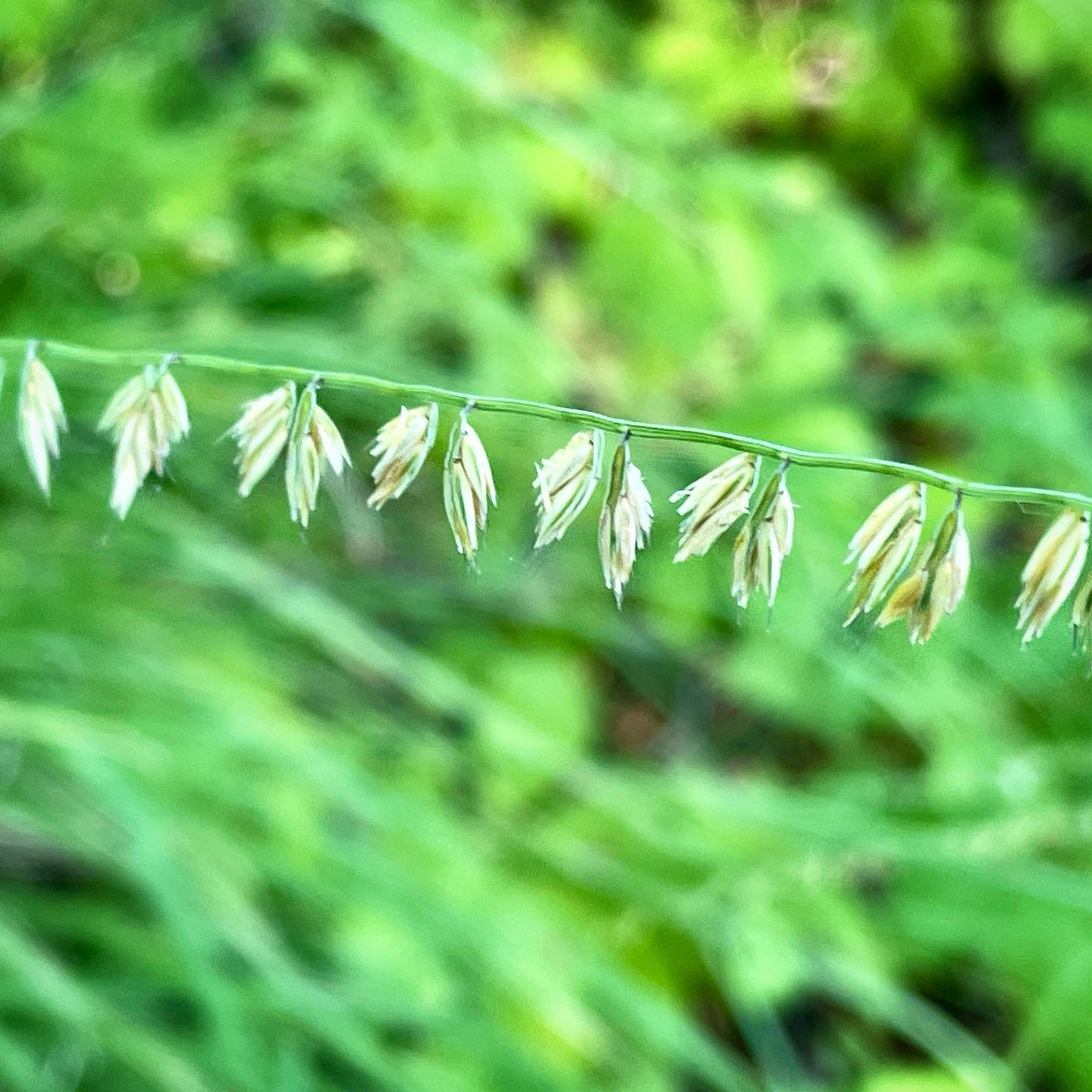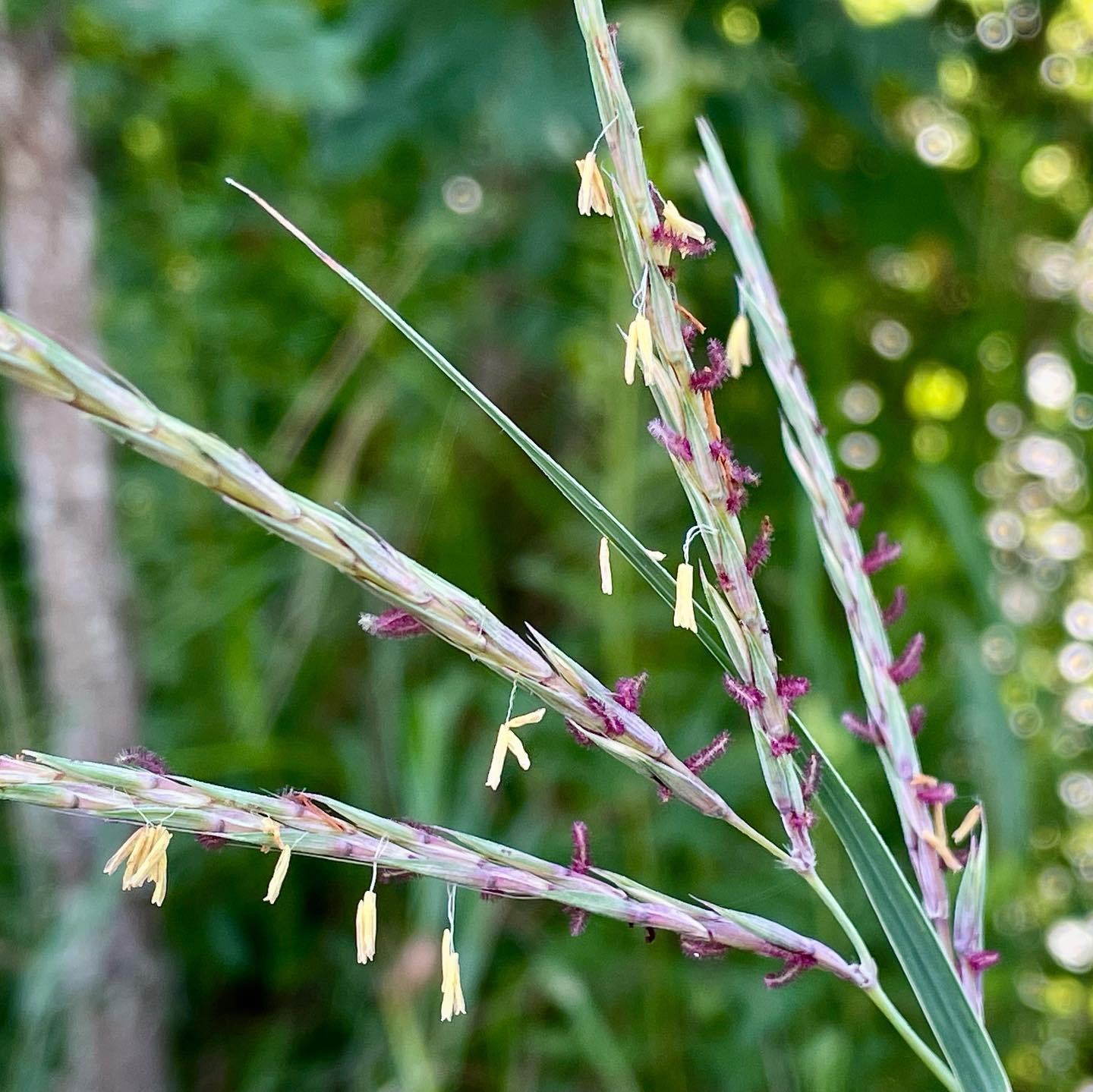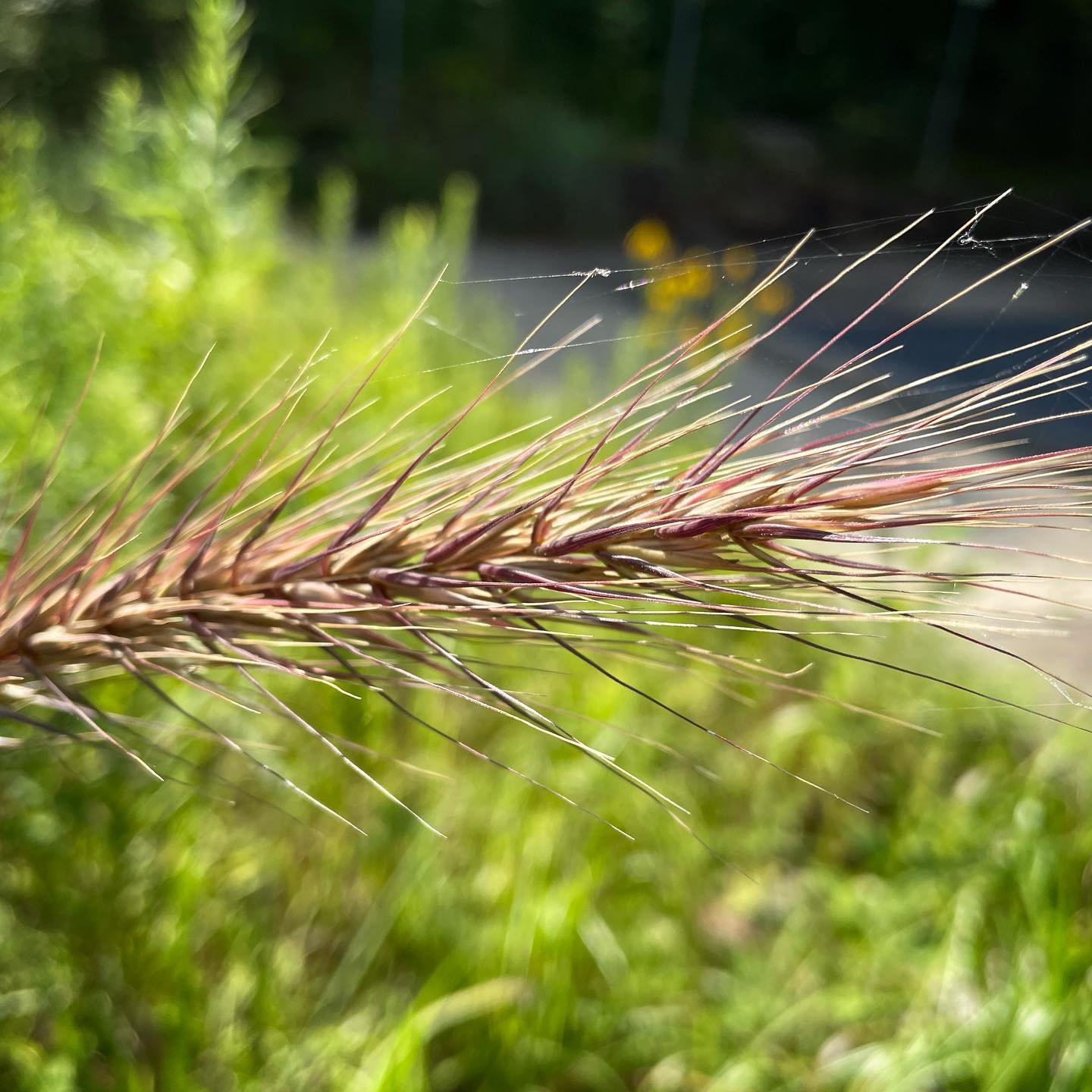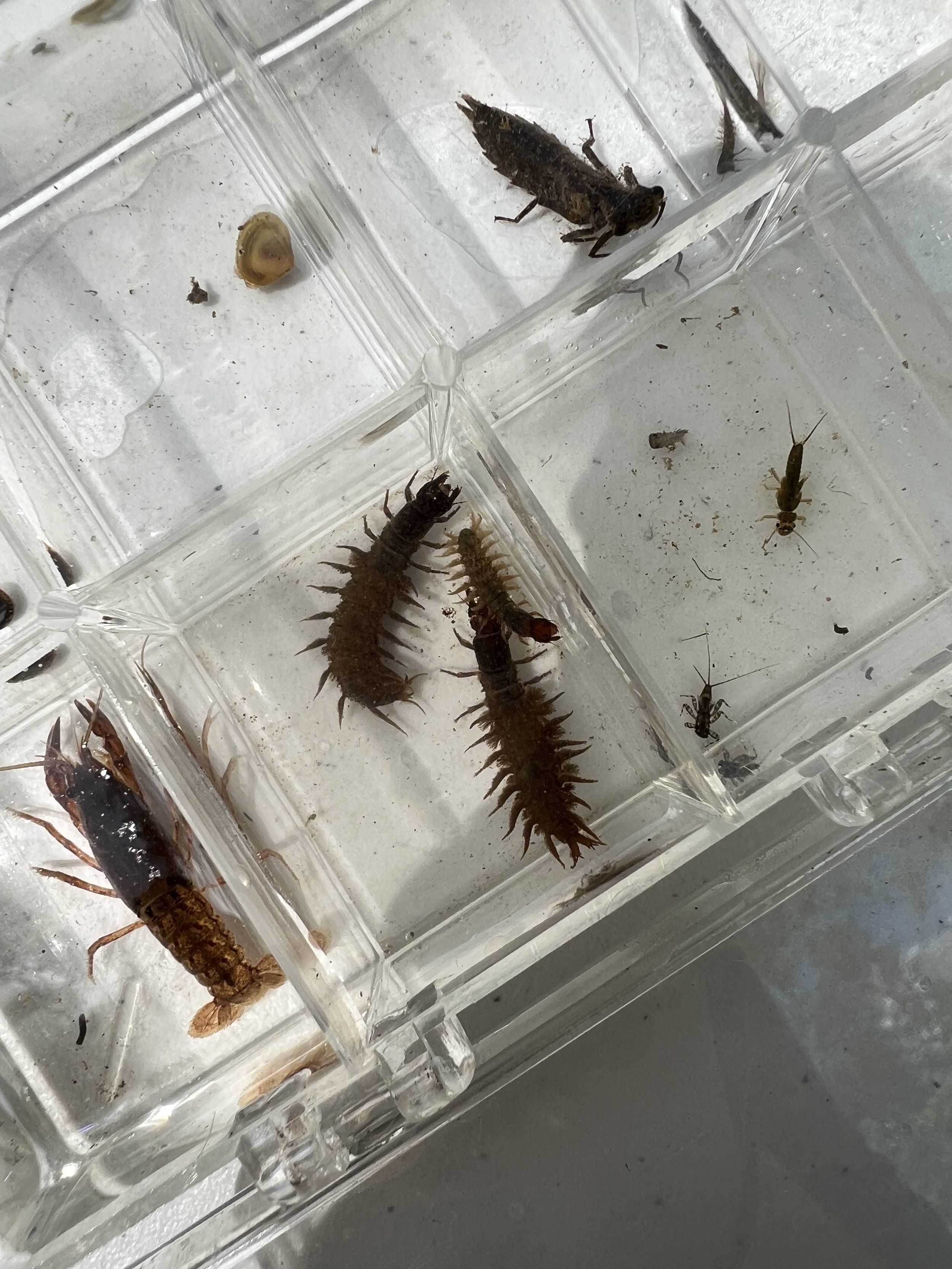Wind it up! ‘Tis the season for the web weavers. In late summer, we like to look for orb weaving spiders in the Habitat Gardens. These spiders are fun to watch in the garden and not scary at all! The big and beautiful female Argiope aurantia (also known as the writing spider, zigzag spider, zipper spider, or black and yellow garden spider) weaves a large web with dry spokes and a sticky spiral in an open area between the plants. In the middle of the web, she weaves a bold zigzag, the stabilimentum. Resting head down, she waits for a meal. Sensing vibrations in the silken strands, the spider will prey on anything caught in the web. She’ll throw strands of silk from her abdomen and will wind and wrap up the prey while intermittently biting and injecting venom to paralyze and kill. The spider's venom begins to predigest the prey’s insides, eventually liquefying it completely for consumption.
